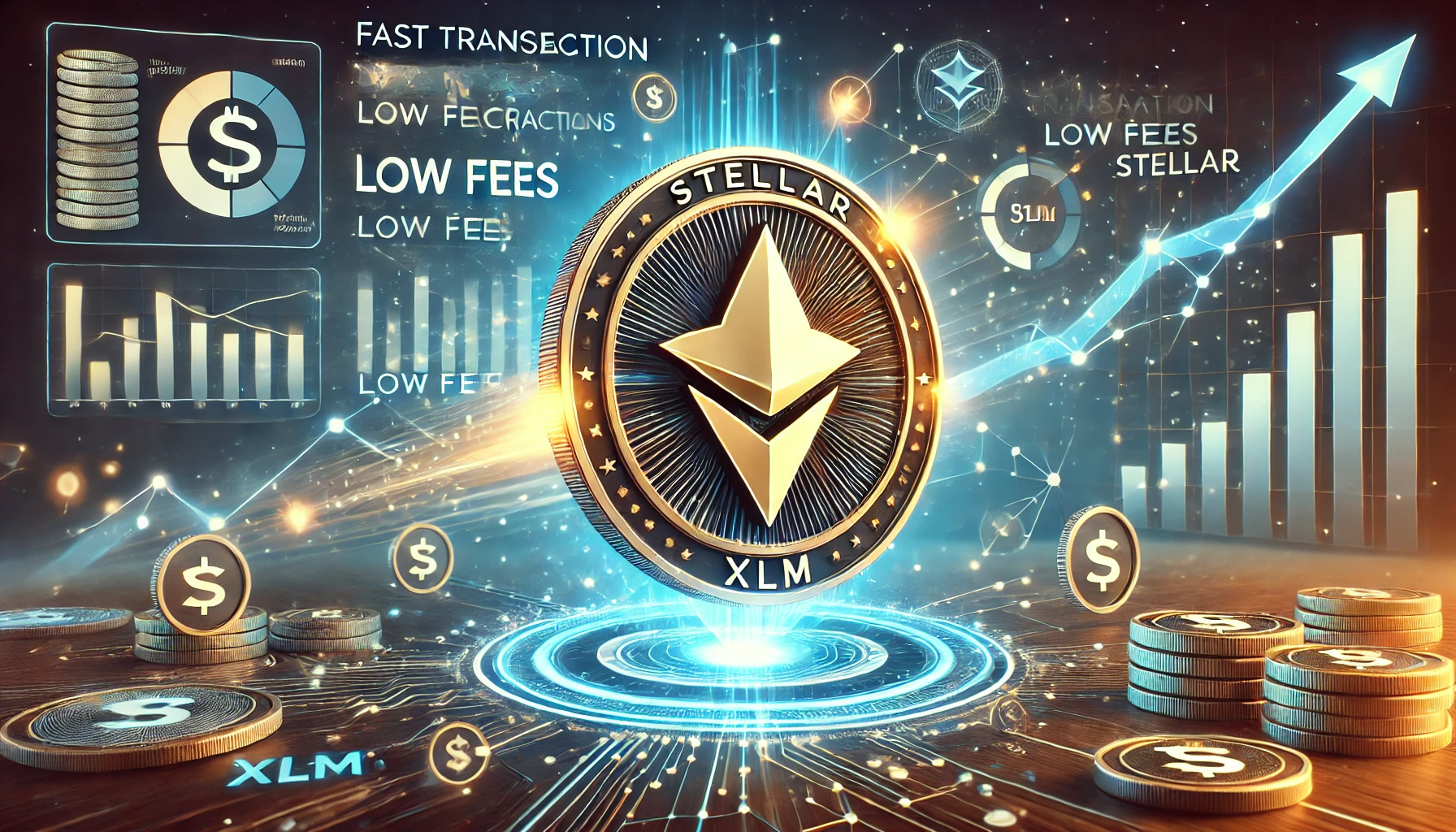ARTICLE AD BOX

Newly discovered emails between Satoshi Nakamoto, the mysterious creator of Bitcoin, and Martii Malmi, an early contributor to the project, provide more information about how Bitcoin started and what Nakamoto was thinking at the time.
These emails were shared by Malmi during a trial involving the Crypto Open Patent Alliance (COPA) and Craig Wright, who claims to be Satoshi Nakamoto. The trial aims to determine if Wright’s claims are true.
The emails reveal conversations between Nakamoto and Malmi from the early days of Bitcoin, giving us a glimpse into Nakamoto’s ideas about Bitcoin’s future. Nakamoto was cautious about how Bitcoin would be viewed legally and didn’t want it to be seen as an investment.
In one of the emails, he wrote:
“There are a lot of things you can say on the sourceforge site that I can’t say on my own site … Even so, I’m uncomfortable with explicitly saying ‘consider it an investment’. That’s a dangerous thing to say and you should delete that bullet point. It’s OK if [Bitcoin users] come to that conclusion on their own, but we can’t pitch it as that.”
One interesting email discusses the creation of one of the first Bitcoin exchanges. Nakamoto suggested the idea, and Malmi implemented it. Nakamoto even helped by donating money to support the exchange.
Nakamoto also talked about the importance of not relying too much on Bitcoin being anonymous, as transactions could be traced. He foresaw concerns about Bitcoin’s energy use but believed it was justified compared to traditional banking activities.
Satoshi wrote at the time:
“I think we should de-emphasize the anonymous angle … we can’t give the impression [Bitcoin is] automatically anonymous. It’s possible to be pseudonymous, but … If someone digs through the transaction history and starts exposing information people thought was anonymous, the backlash will be much worse if we haven’t prepared expectations …”
He also mentioned that the cost of mining Bitcoin would be affected by electricity prices and that adjustable transaction fees wouldn’t be necessary for a long time, though this prediction didn’t turn out entirely accurate.
He further stated:
“The cost would be an order of magnitude less than the billions in banking fees that pay for all those brick and mortar buildings, skyscrapers and junk mail credit card offers.”
Addressing environmental apprehensions, Nakamoto acknowledges the energy-intensive nature of Bitcoin mining but contends that it pales in comparison to the resources consumed by traditional banking infrastructure. His reflections on the trade-offs between economic liberty and conservation offer insight into his pragmatic approach to Bitcoin’s sustainability.
“The value of bitcoins would be relative to the electricity consumed to produce them … If you run a computational task 24/7, not letting it idle, it uses significantly more power … The extra wattage consumed goes straight to your power bill, and the value of the bitcoins you produce would be something less than that.”
Despite Nakamoto’s astute observations, some aspects of his predictions have evolved differently over time. For instance, his initial skepticism towards customizable transaction fees contrasts with the reality of rising transaction costs in recent years.
Nonetheless, these unearthed emails provide invaluable historical context, offering a deeper understanding of Bitcoin’s origins and the challenges it has navigated over the years.
The post New Insights from Unseen Satoshi Nakamoto Emails Illuminate Bitcoin’s Origin Story appeared first on Daily Coin Post.
.png)
 9 months ago
7
9 months ago
7








 English (US)
English (US)